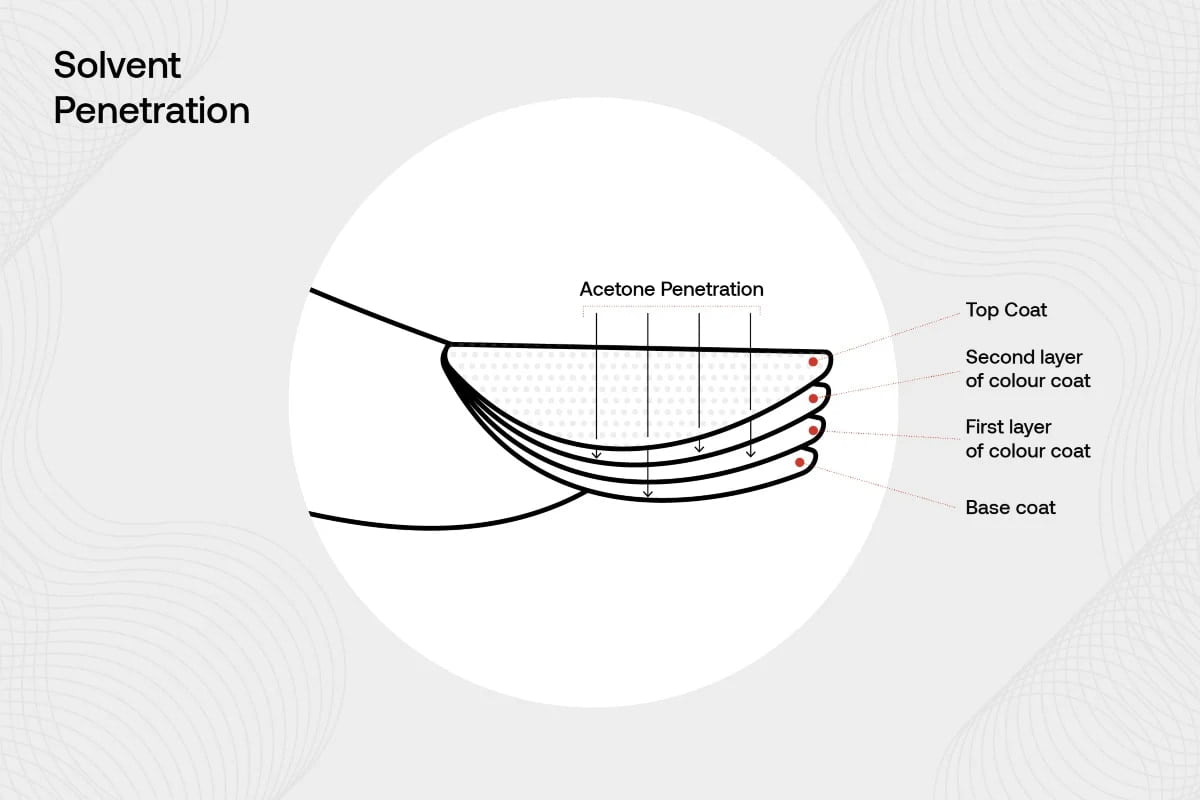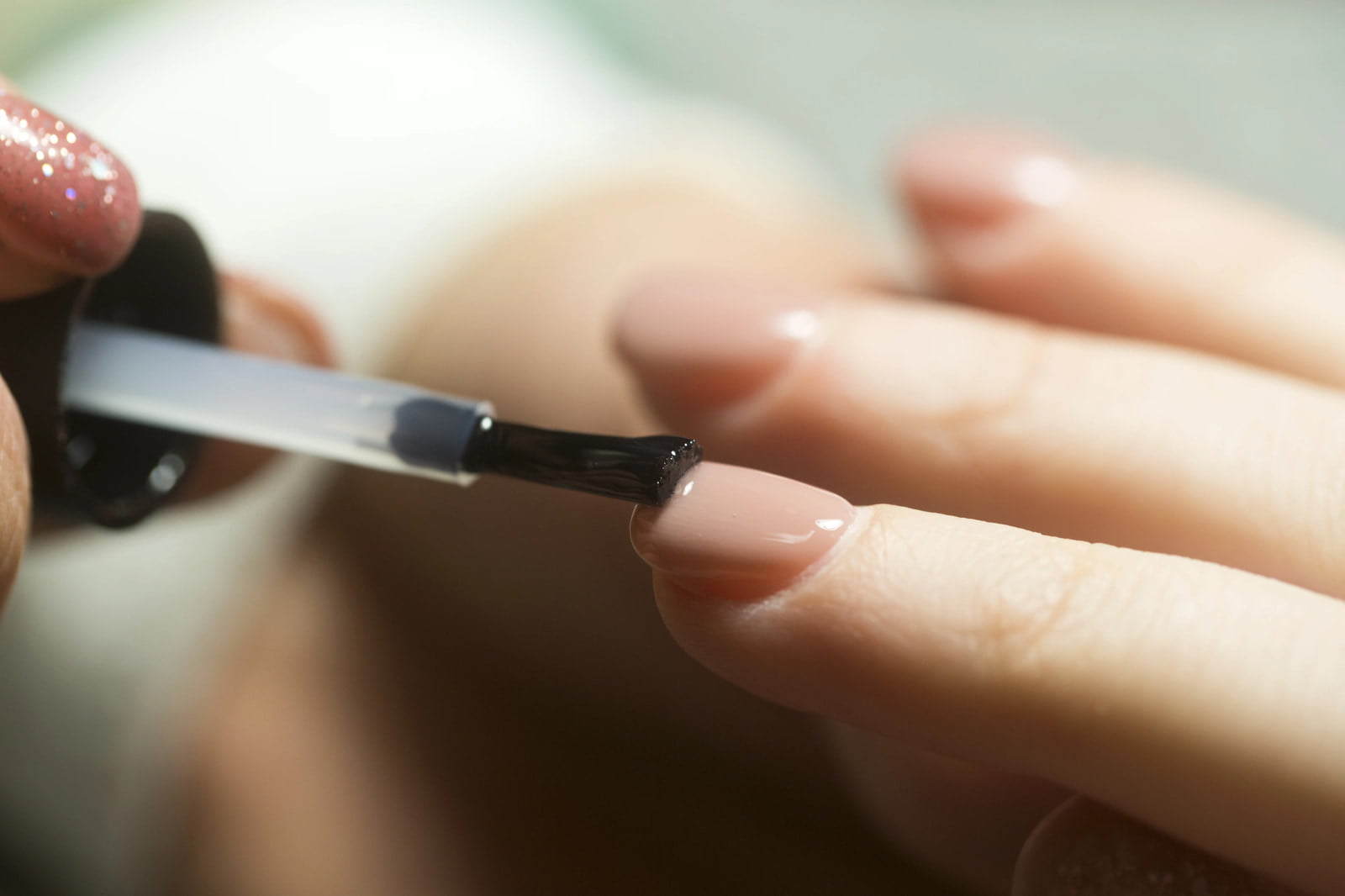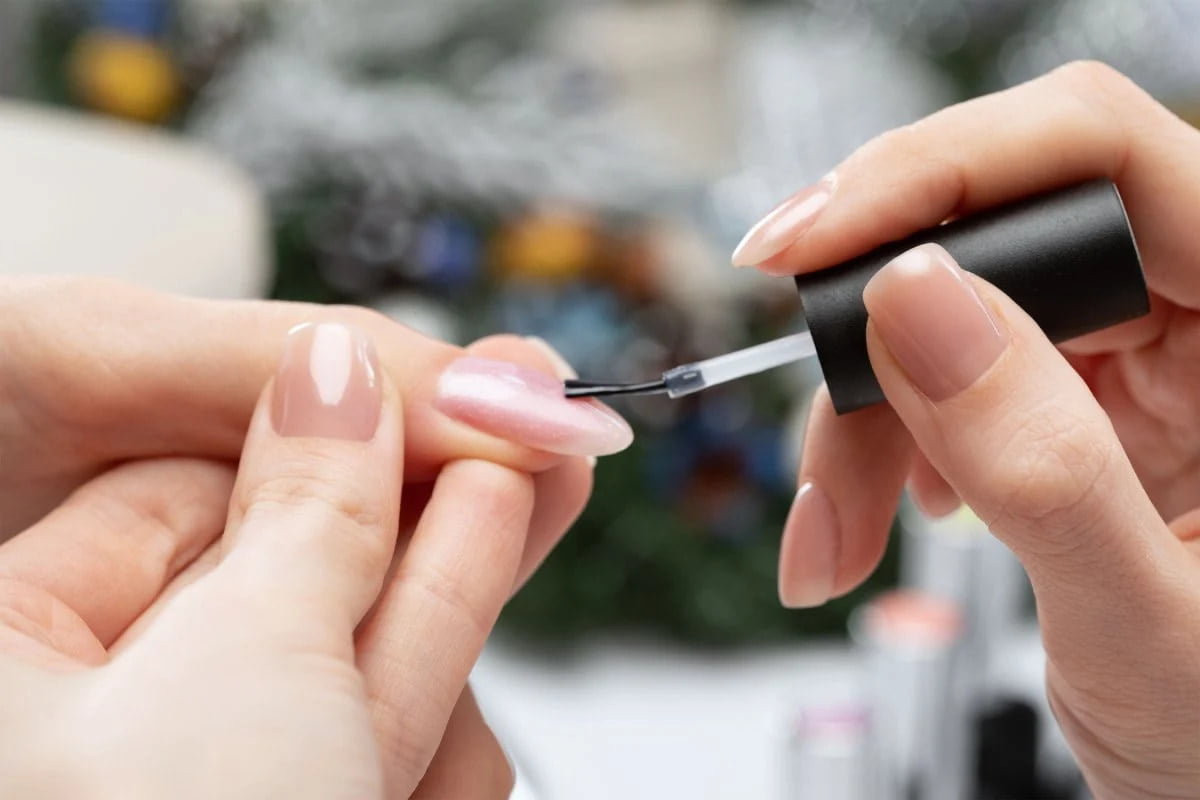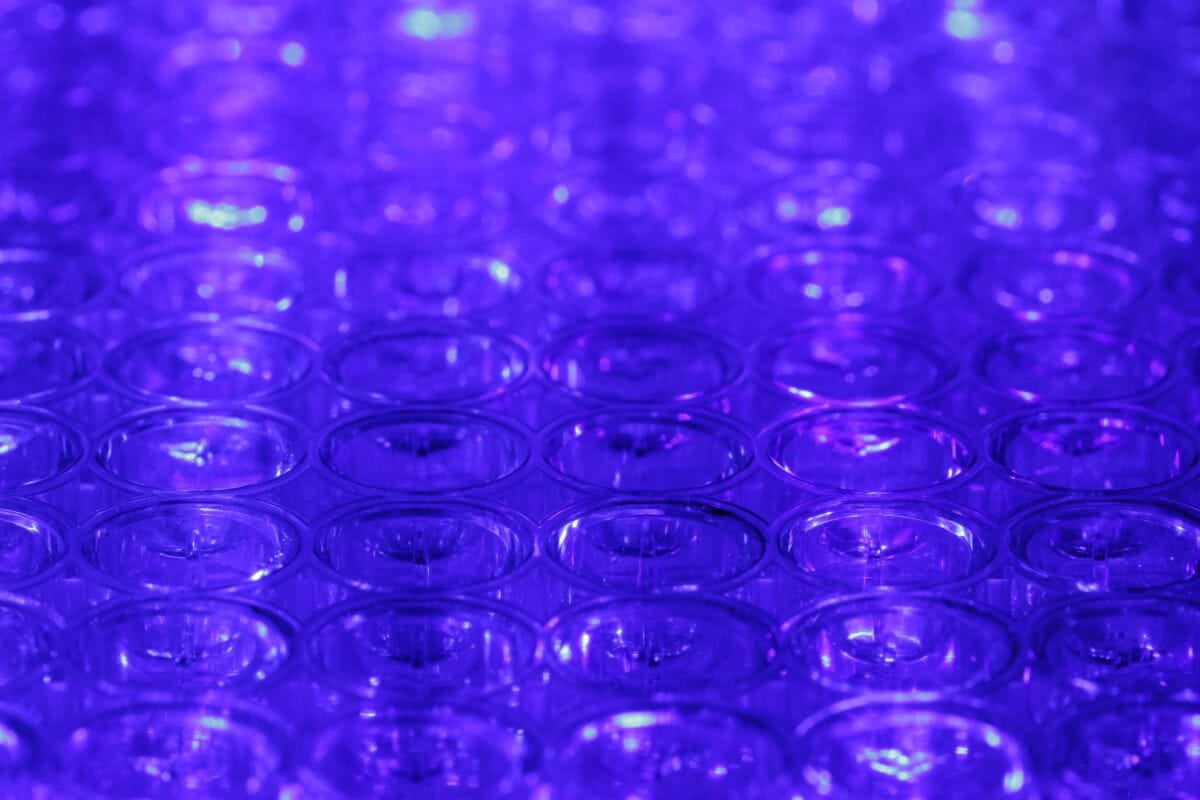Blog by Dr Sam Ahir
Not so long ago, artificial nails were known for one feature – the difficulty of removing them. However, with the invention of ‘soak off’ artificial nails in recent years, the landscape has changed dramatically, and many suppliers are now offering formulations based on this technology that are much ...
Protecting or decorating a surface with just a single layer of coating can prove to be a significant challenge, regardless of what some paint manufacturers might tell you! Achieving good adhesion, vibrant colour, a glossy finish, and appropriate durability and resilience in a single layer of paint o...
The ‘top coat’ of modern UV-curable nail treatments is essential for providing a glossy, wear-resistant finish to a manicure. But how did modern top coat formulations come about? We take a look at two key innovations that underpin the popularity of top coats today – rapid UV curing and non-yellowing...
Thiol-ene reactions are well-known in chemistry, but their usefulness is restricted by limited shelf lives due to the thiolic affinity for adding across the ene, even in the absence of light. And yet such self-initiation is of great interest in industrial chemistry, allowing photopolymerisation to o...
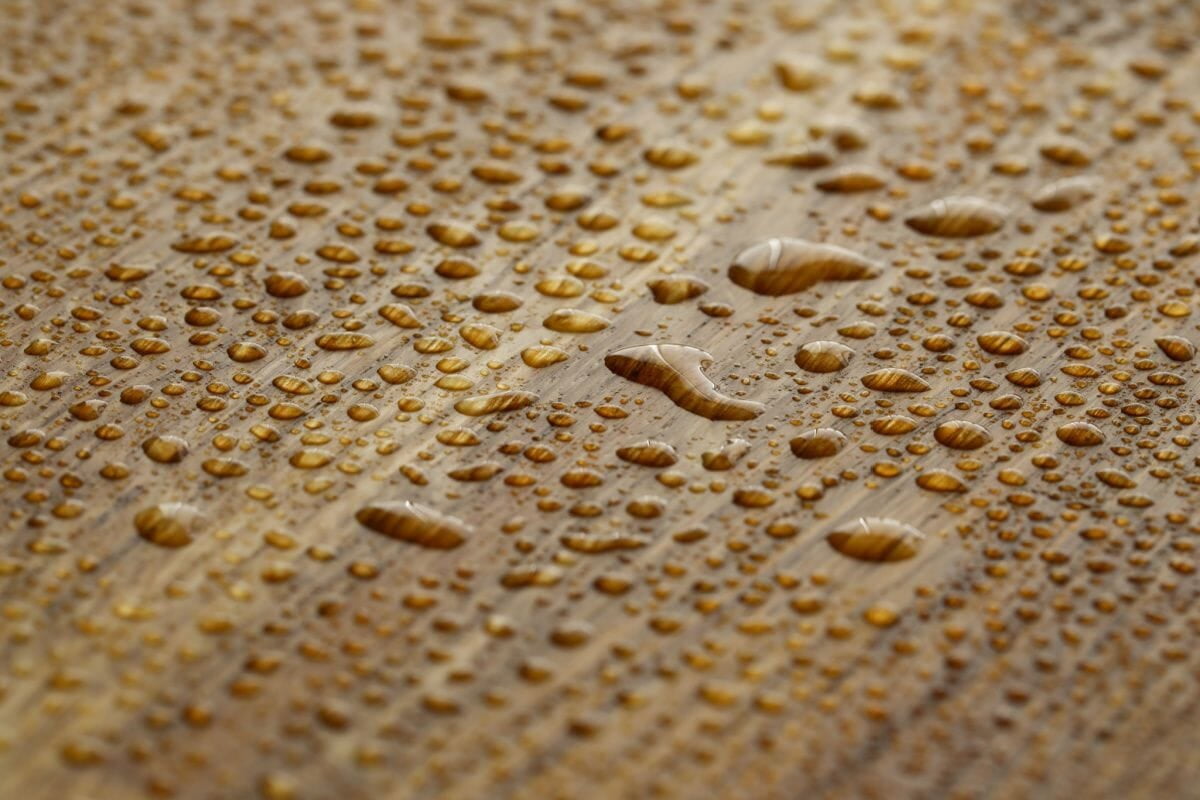
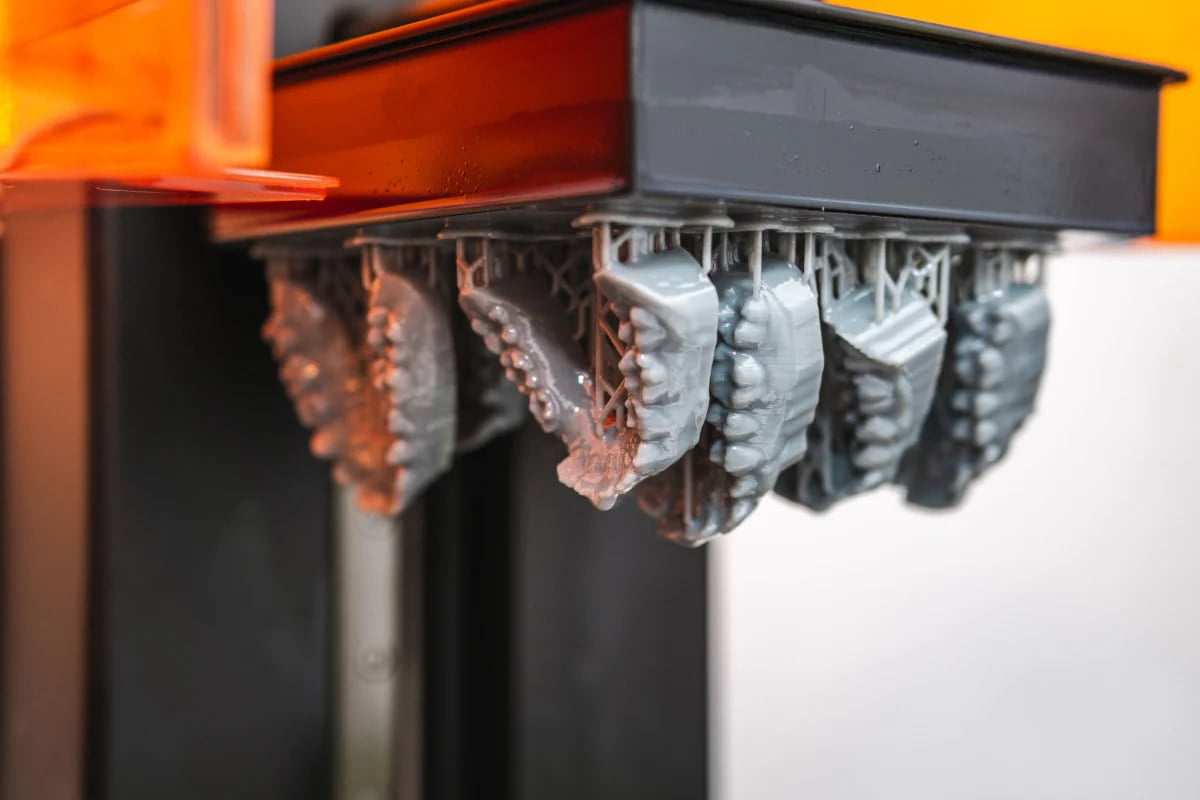
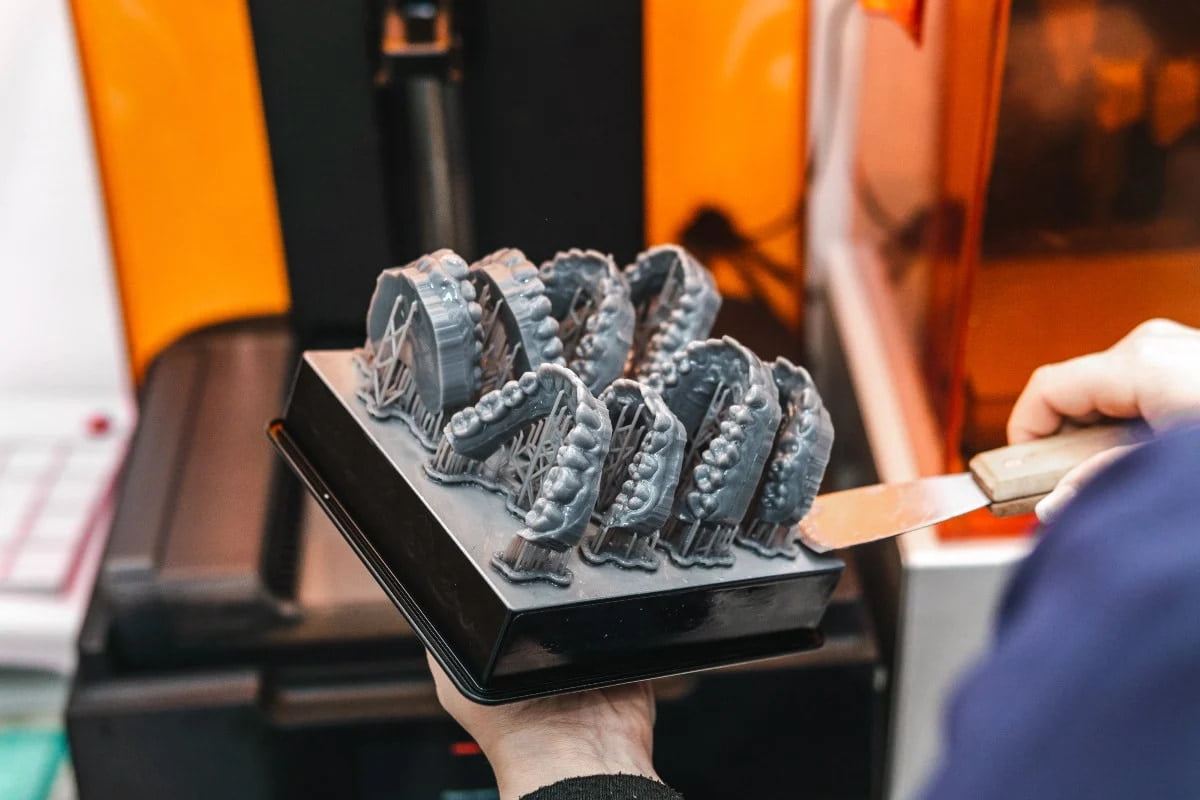
3D printing continues to gain ground in the field of dental applications, but work remains to obtain a complete picture of how their final properties are formed during the post-curing stage, most crucially for the development of reliable appliances. These methods, known as additive methods, demand f...
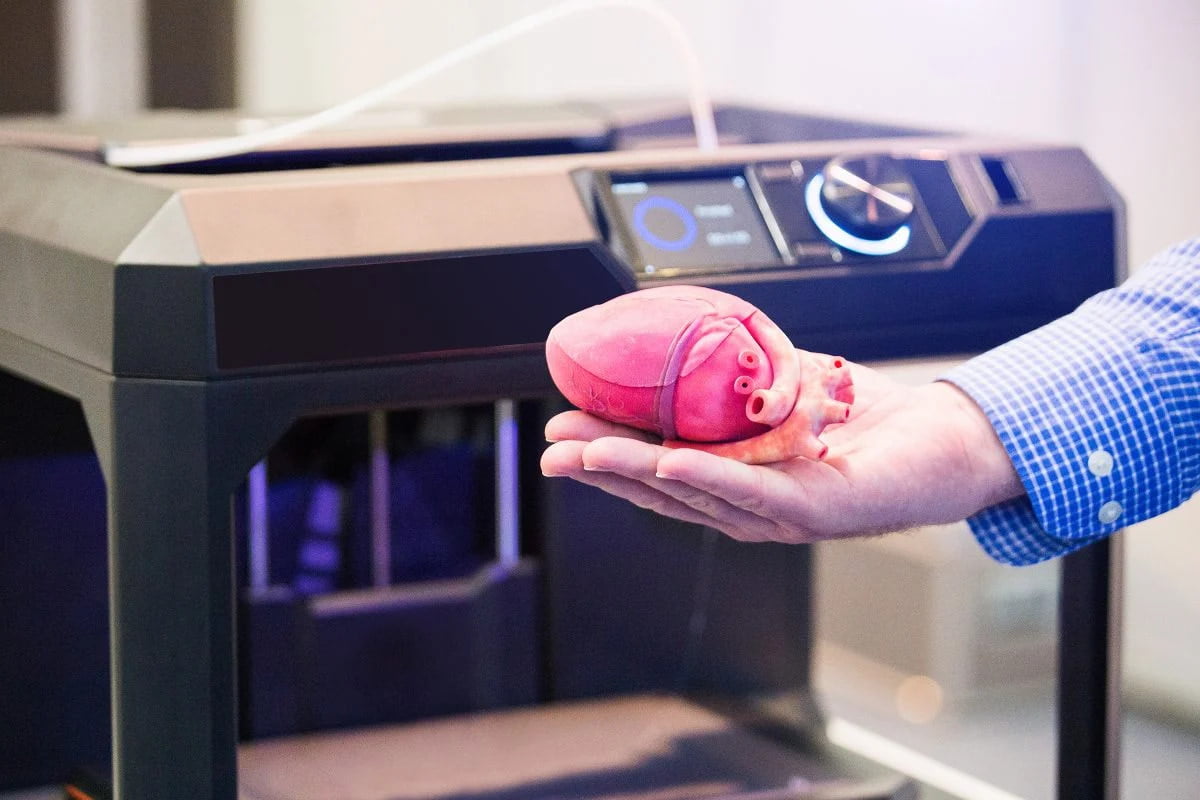
3D printing is a technology that can be used to quickly fabricate components of complex morphologies through the use of computational input. Accordingly, the use of computer-aided design (CAD) models of computed tomography (CT) scans can be employed as the basis for the 3D printing of medical equipm...
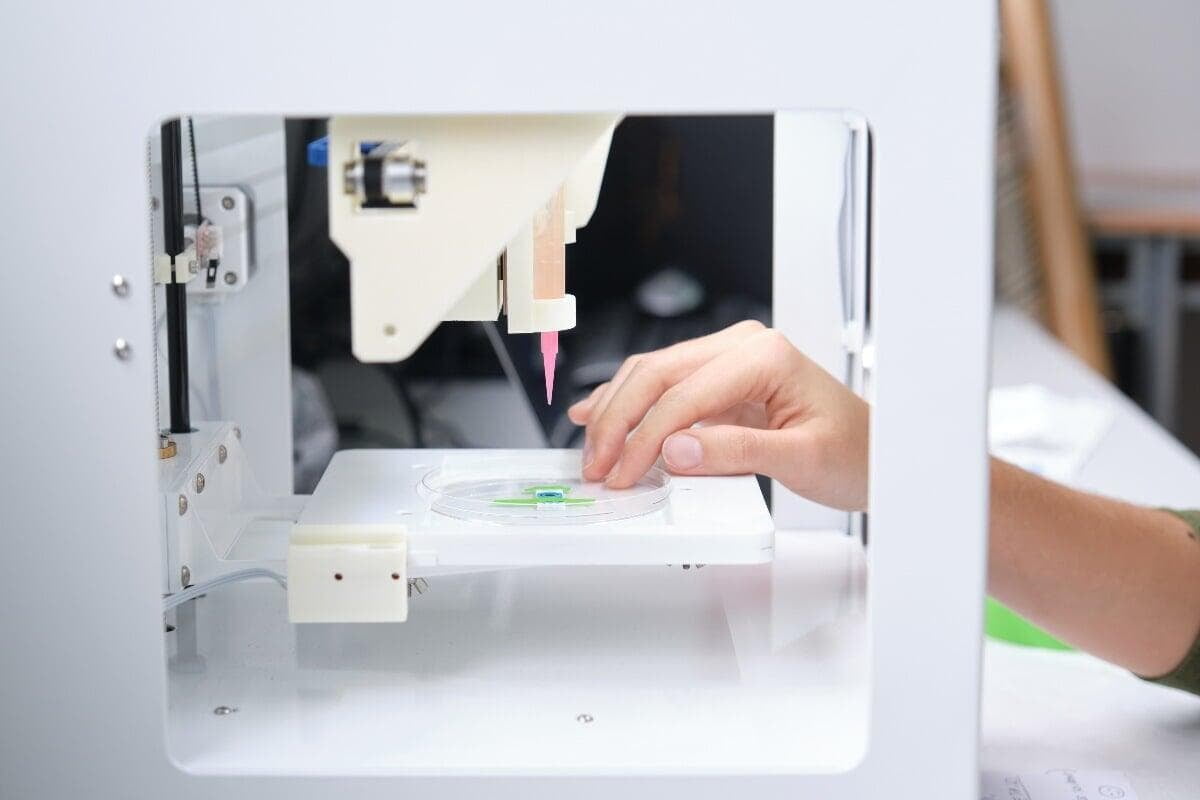
The use of biomedical sensors for the measurement of physiological parameters in humans is now long-established. Micro- and nano-sensors that have been employed so far have been built on silicon-based substrates, but these present many disadvantages in terms of temperature, signal/noise consideratio...
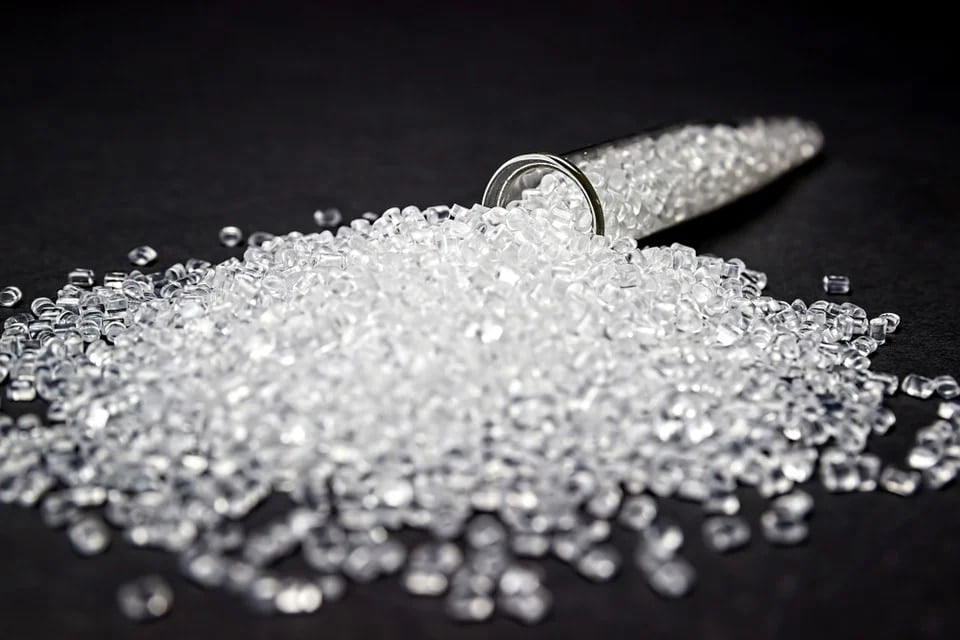
Vitrimers are emerging as a spin-off class of plastic polymer that may challenge the traditional division of polymers into thermoplastics and thermosets. They represent a class of versatile, sustainable second-generation dynamic networks that can be accessed by high-temperature functionalisation of ...
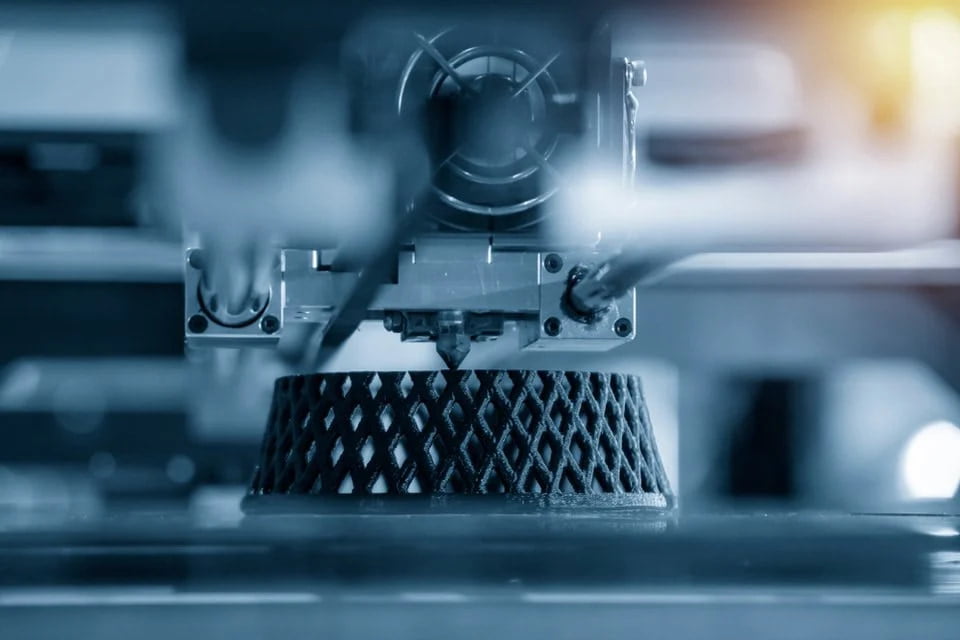
Polymer 3D Printing Review: Materials, Process, and Design Strategies for Medical Applications
3D printing is a growing and sophisticated set of technologies that furnish access to a huge universe of contemporary design structures that may incorporate materials of conflicting properties to optimal ef...

Poly(methyl methacrylate) (PMMA), better known as acrylic, is a transparent plastic with a range of properties that make it suitable for a wide range of uses.
Not all PMMA beads are created equal. PMMA is typically produced via suspension polymerisation from a monomer, methyl methacrylate (MMA), into...
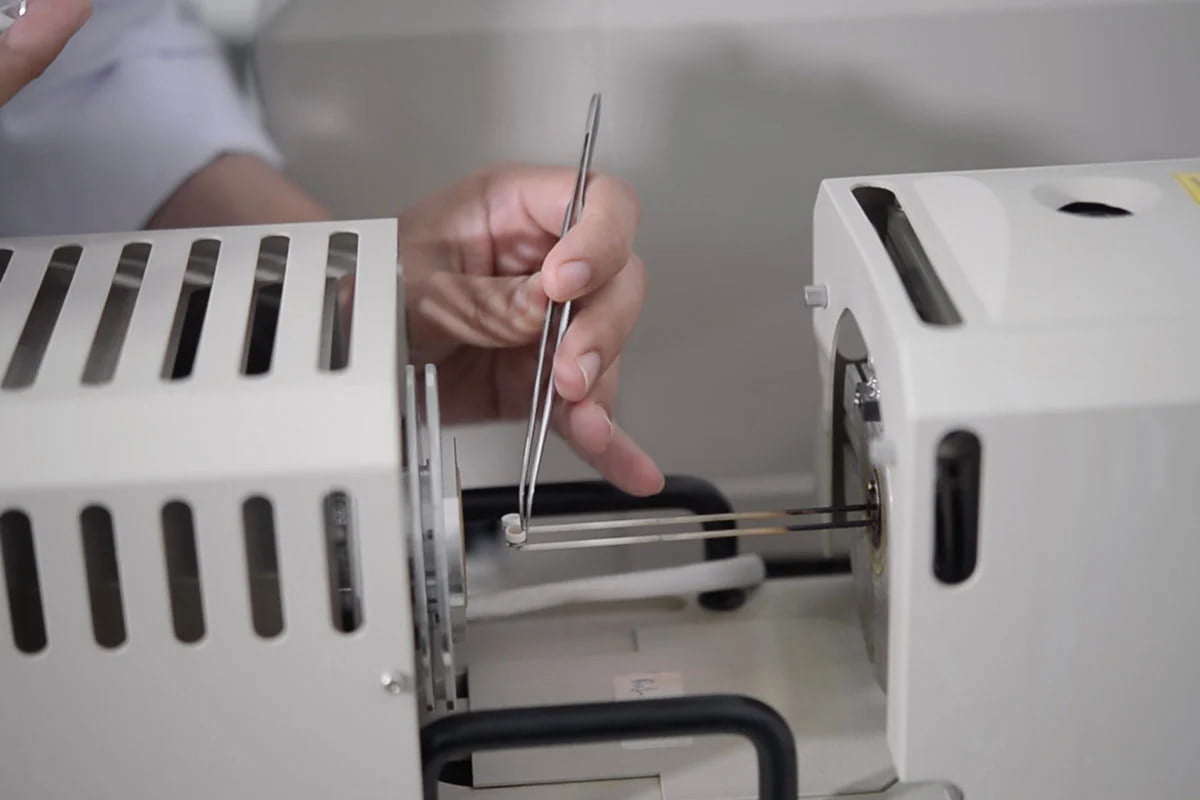
For polymeric materials, like Poly(methyl methacrylate), the glass transition temperature (Tg) plays an important role in making them suitable for a variety of applications. They are capable of governing the both mechanical and physical characteristics of them. However, the thermal events are not fu...

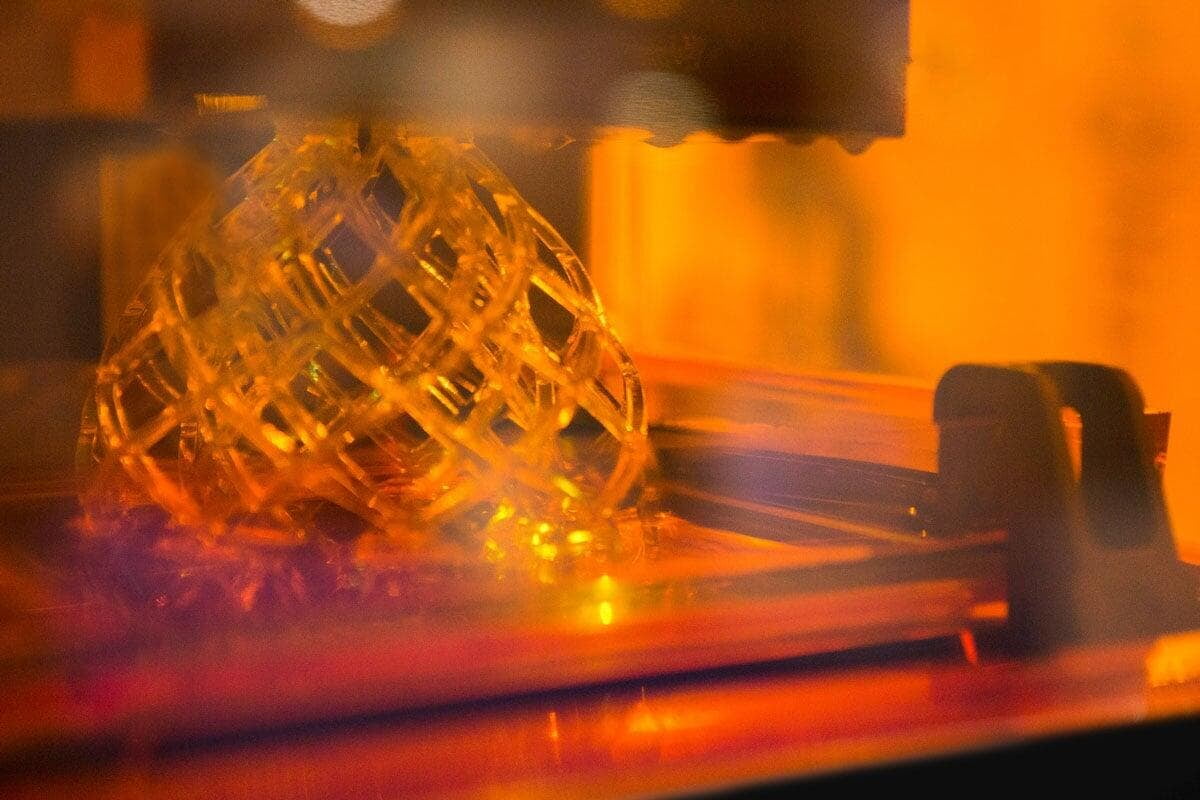
The dental industry is investing heavily in the use of additive manufacturing, or 3D printing, as a more cost effective and sustainable method of producing dentures from medical-grade restorative materials. Most of the most well-known dental companies have a 3D printing research programme, with a vi...
